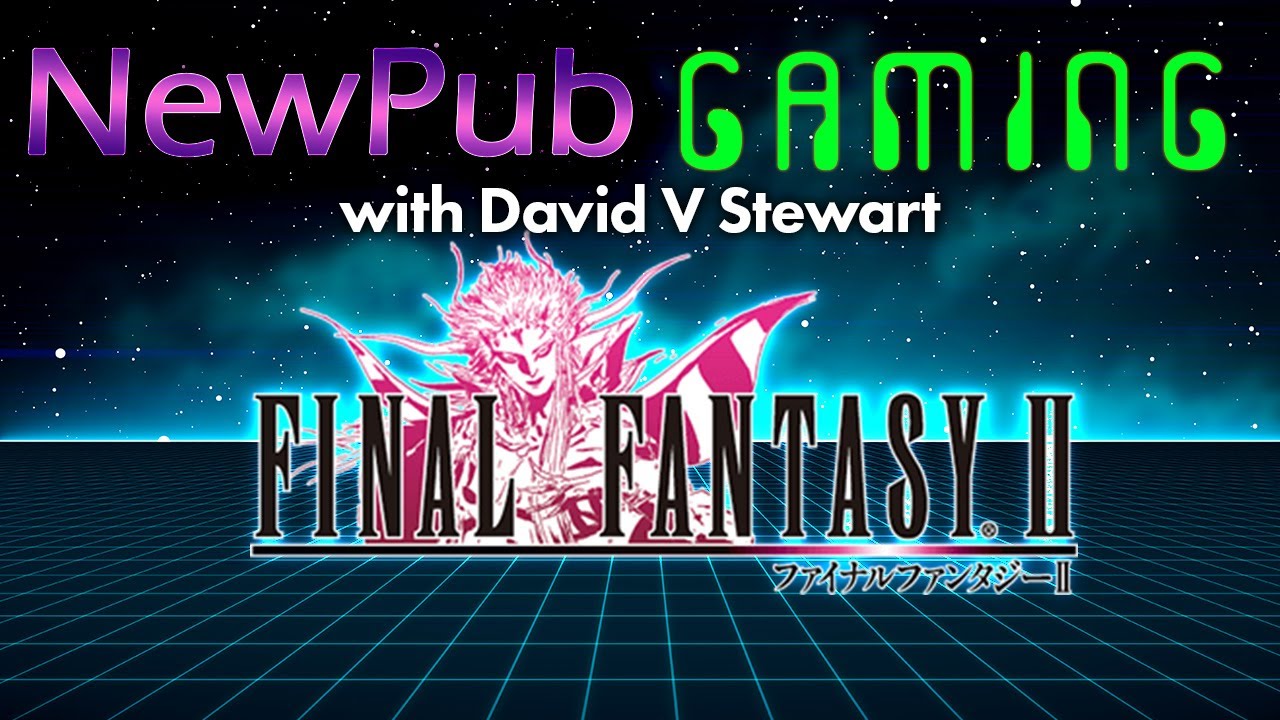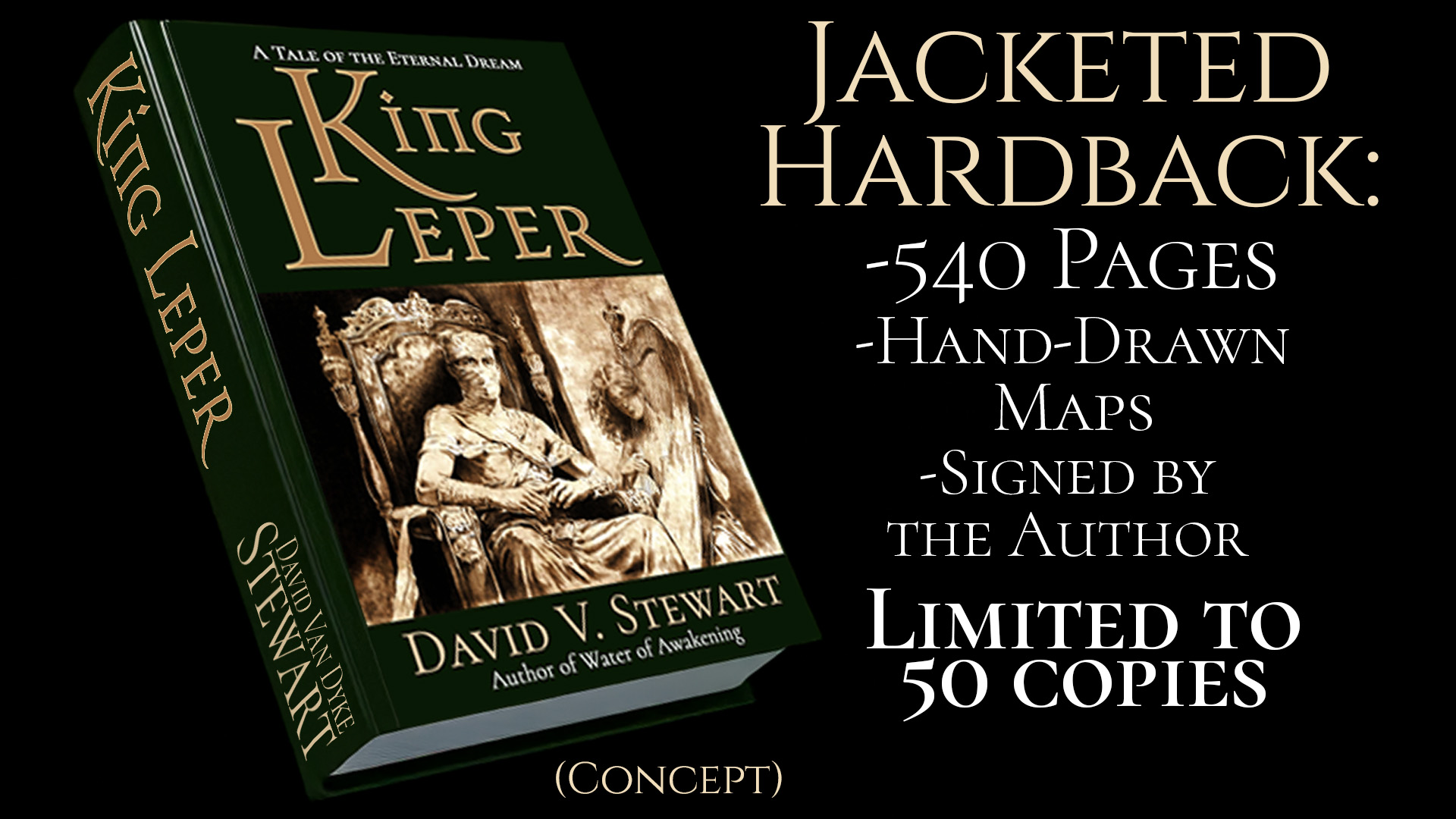A twist
Before I begin, I have to clarify what I mean by Final Fantasy II because there are two games that bear that name. Western fans around my age might have played Final Fantasy II for the SNES, but the actual Final Fantasy II, which was released for the Famicom in Japan in 1988, didn’t see a Western release until years later. It’s that latter game I am reviewing.

It has become somewhat of a black sheep over the years because of its unique and sometimes derided leveling system, in which individual stats and skills are raised rather than a set class gaining power by amassing experience points and leveling up. This can lead to some odd means of optimizing character power, such as equipping two shields on three characters and hitting them in combat with your own characters to increase defense and HP. It’s something more like what you would see in an Elder Scrolls game than a JRPG, but keep in mind this was early in the life of console RPGs, and there was often major experimentation with sequels in the NES era. It also proves that innovation and experimentation were part of the Final Fantasy formula from the beginning, just like the science fiction elements encountered in the first game.
That being said, the leveling system is the main thing holding the game back. While that sort of system tickles me, it does create extra tedium and intentionality in combat directed toward maximizing the system rather than merely defeating enemies. Actions become about leveling rather than winning, which makes the game feel grindier than it really is if one were to just play. There are no classes, but each character evolves into a “class area” by using skills and fulfilling a role. A character that uses a sword and shield throughout the game will level into a sturdy warrior; one that focuses on magic will become a powerful mage, etc. Thus, you can create some unique builds and parties, but this has to be intentionally managed over a long time for them to be optimal.
The story and art are both a step forward from the previous game, with new iconic monsters and music cues to go with a story that has real characters rather than just the “warriors of light.” It also, establishing a tradition, is not a true sequel at all, but a new game with new systems and a new story. This, by the way, should tell you the answer to “Do I have to start at the beginning of the series?” – No, start at any game you want. They build on each other only with lines of aesthetics, themes, and some recurring monsters like chocobos (which we first see in this second installment). Besides the leveling system, gameplay is like the first game. The player explores an overworld where they encounter random monster battles, find towns, and enter longer dungeons that end with a boss fight. Combat is once again turn-based and uses menus.
The story is a strong point. The party is participating in a rebellion against an evil empire, which gives them motivation and real stakes in the central conflict. They proceed through various twists and turns, saving a princess, Hilda, a few times and being betrayed a few times as well before initiating a final fight that, in what would become Final Fantasy style, pulls the rug from the player for an even larger-scale fight and conflict engaging heaven and hell to end the game. The narrative runs throughout the game and links all the areas together rather than, as in the first game, providing a loose framework for a series of fantasy adventures. It plays out more like a three-act movie.
While it is less of a classic than the first game in the series, I think Final Fantasy II is worth playing even today. The odd leveling system makes it feel fresh compared to what has become standard JRPG systems. The game, like the first, is relatively brisk and can be completed in a reasonable amount of time without what I consider excessive grinding (unless you just have to get the highest levels of some of the spells). It is a game that I felt more inclined to grind in compared to others since the system is more direct but also meticulous. It becomes quite easy to make your characters insanely powerful. You can play the game casually over a week or two and finish easily, as I did.
There have been several ports, including a pixel remaster from 2021, which is probably the easiest and best option for modern players. I streamed the PSP version on my channel, and I think that version looks and sounds great. It is the basis for a few other ports. There is also a Game Boy Advance version called Dawn of Souls that features different graphics yet again and supplies the script for most later versions. If you want to play the original Famicom version in anything other than Japanese, I believe you will need a hacked ROM with a fan translation. There is something nostalgic to the original graphics, but I think the updated graphics for Final Fantasy II found in the PSP version look better and do enhance the story with things like character portraits. You don’t, however, need to go out of your way to acquire it to enjoy the game.
If you are looking for a classic-era Final Fantasy game that is different than the rest, Final Fantasy II is a good choice. I think the game holds up.
And don’t forget to order the new book!






A fair and thorough review. I finally just played through FF II a couple of years ago (the PS1 version). It didn’t remotely deserve the hate it gets, but it’s still among my least favorite entries in the series. This game introduced a lot of ideas that weren’t properly executed until later entries.
Experimentation could yield some uneven results. Zelda II is a great example. Nothing about the game is bad on its surface, it is just not as well executed as it could be. Another side-scrolling Zelda game has a lot of fun potential.
Remember when the second installment in a flagship Nintendo series would be totally different than its predecessor?
My understanding is that all of the first three games were programmed by one guy, Nasir Gebelli, who had overstayed a visa and they had to finish production in San Francisco. So this game was made in the US, but not released here. Wild.
But yeah, I forgive him because the game shines through.
I streamed the 3D remake and while I liked it a lot, it was much, much easier (aka “more balanced”) than the NES original Not having to deal with enemies that overfill the screen, even when every enemy is buffed, really reduces the craziness.
I tried this one, sucked at it and found it interesting when I did try it in the late ‘aughts’ (unlike Alexander Hellene not the early ones lol), it was a fascinating game. I didn’t make it very far but watched a playthrough and found it even more interesting, I’m not the most skilled gamer so that I really appreciated the skill it requires. My eldest brother I believe has beaten it.
The story is the strong point here, with the Emperor really being quite the character, I always believed that he served as a major inspiration for later villains in the FF series. Great review.
I seem to dimly recall there being a Final Fantasy II NES cartridge. I think I played it. It obviously wasn’t released at retailers.
What I love about this game is the story and characters. People swap in and out of the party at various story stages, and their stories flesh out the world in meaningful ways. (That dude who saved the party from a falling boulder stands out!) The Big Bad is like the Biggest Bad ever: Dude dies, kills god, flies to hell, kills the devil, and returns to join the three worlds into a massive cluster-verse! Most importantly, this is also the first time we see chocobos!
The keyword system of FF2 is kinda neat, but not all that useful.
The graphics and music are great.
The weird progression system is the biggest hangup for most players. I don’t like it because it encourages exploitation to make numbers go up.
I liked that so many characters died. Gave some weight to the story.
Yep, but I admit it got heavily melodramatic at some times.
Oh and before I forget, this is also the first game where we meet Cid! (or Cyd, or Sid, or however your translator spells it).